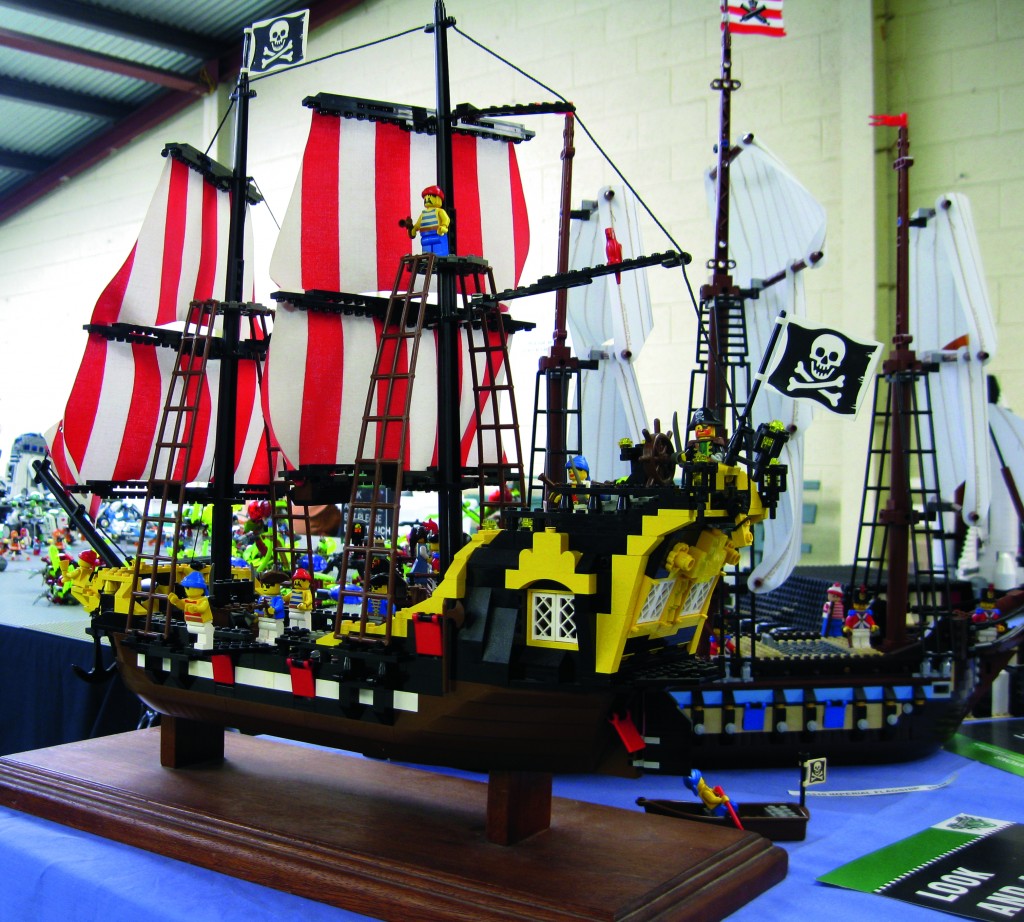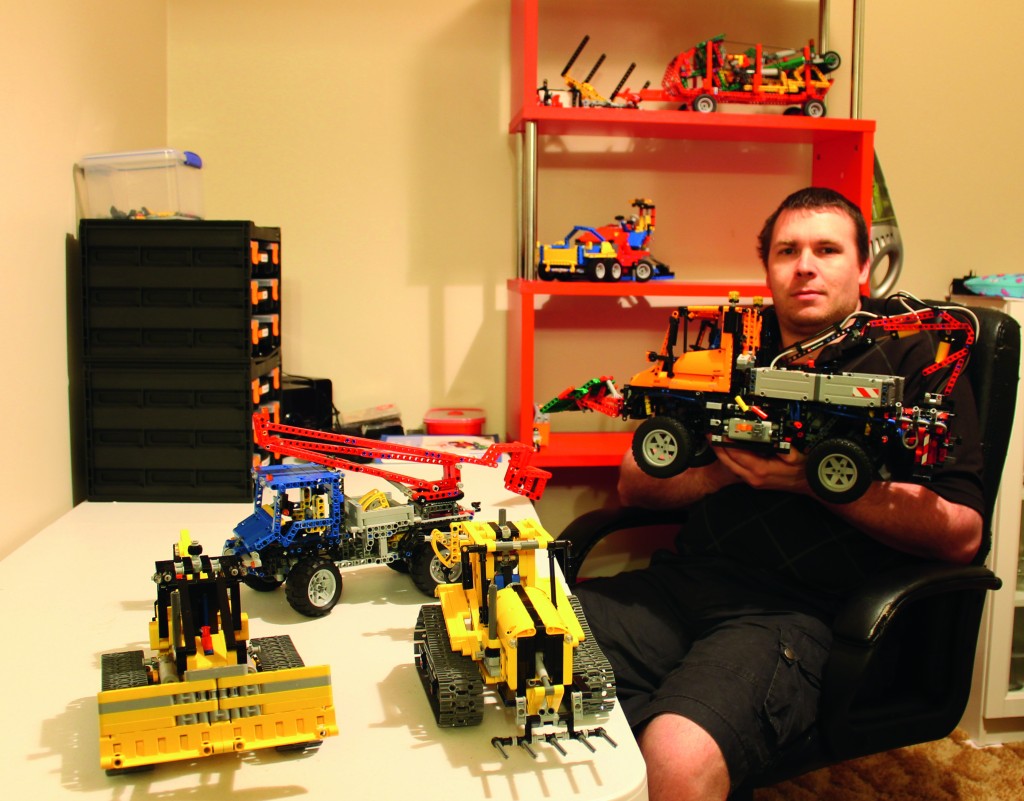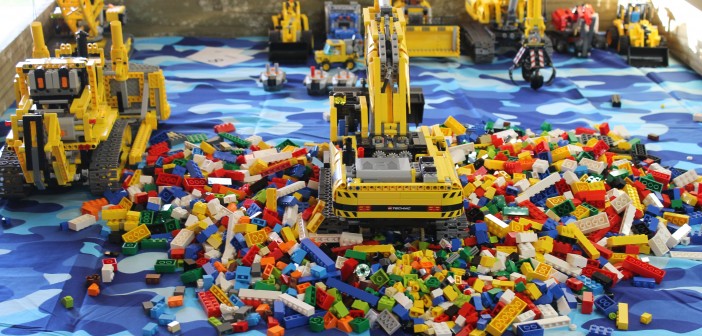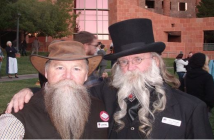Paul Blundell is a Lego fanatic and the colourful bricks have helped him to build a lot more than just toys over the years. The hobby has provided an escape, not only from the daily grind, but his own mind too.
Lego has long been a favourite pastime of children all over the globe and despite the introduction and overwhelming adoption of smart phones, tablets and other technologies, the appeal of the bricks still remains strong.
The building blocks, gears and mini figurines don’t just attract children though, plenty of ‘big kids’ can’t keep their hands off the stuff either. Some loves just never die, and why should they, especially when they’re as healthy as this one!
Lego began manufacturing interlocking toy bricks in 1949. Since then a global Lego subculture has developed, supporting movies, games, competitions, and six themed amusement parks.
As of 2013, around 560 billion Lego parts had been produced. Not a bad effort hey.

Lego can be assembled and connected in a variety of ways, but it isn’t just the blocks that can connect and build things, as Paul Blundell discovered.
“There’s definitely more to Lego than just the building of some cool stuff. It’s about the coming together of like-minded people,” he explains.
For Paul, much of the attraction towards Lego comes from the communication lines that have opened up because of the hobby.
“It’s the ability to chat with people from across the globe; people whom I’d never have spoken to if it weren’t for this passion of mine.
“Online forums have definitely added to the appeal of Lego for me. I work in front of a computer all day which means I can keep an eye out on the forums while chatting to people with similar interests. I get great joy out of answering any questions people might have, if I know the answers of course.”
Paul explains that up until recently, adults using Lego was not very common. But now that more people, from all walks of life are getting involved, the internet has provided the perfect platform for them to share their visions and ideas.
“There’s a range of websites that cater to all aspects of Lego, whether it be themed Lego like Star Wars, Lego trains or the Technic range, which is the form that I’m most interested in. The good thing about the internet and forums is that you can get on anytime – day or night – and chat to people from all over the world.
They make for a great place to discover what other people are doing, to give and receive advice and share ideas. I even received an email from a captain in the US army recently.
“He had been sent a link to my blog and was keen to have a chat about the hobby and share some of the things he builds. I can’t think of any other way I would have spoken to a guy like that.”
For Paul, the interest in Lego begun in 1985 when, in his words, he was just a little tacker.
“In 1989 I moved onto Lego Technic which utilises gears and motors so it’s a little more advanced and challenging. It is very much about the structural integrity and some of the builds are pretty technical. I had a period away from the hobby between 1998-2009; which in the Lego community, is known as a ‘dark age’,” he laughs.

“After dabbling in photography and radio scanning for a number of years I came back to Lego in ’09 and in the last year or so I’ve found myself heavily involved in it.”
The attraction to the building blocks runs far deeper than just being able to build physical objects for Paul though; it has helped him to build a stronger person on the inside too. You see, Paul has suffered with depression for many years and having overcome what he describes as the hardest part of his battle with the mental illness, he was more than happy to chat about it.
Lego gave him something to focus on other than his own head… a mental escape some might say, or just a chance to really be himself.
“I found that if something happened at work or if someone had said something, I would spend hours just thinking about it. With Lego I found that I would come home and really utilise the time as my own – I wasn’t being paid to worry about anything in my Lego room so I left my worries at work.
“Building something or helping someone online gave me a mental break from day-to-day life.
“It is really important to have something different to focus on, like assisting with the marketing and advertising for a Lego exhibition that attracts thousands of people. Doing something like that provides me with a real sense of accomplishment, which is a far cry from always feeling useless in life.

“When you go through depression you simply feel like nothing matters. So the best advice I can give anyone going through it, is to just do something they enjoy – whether that be fishing, bike riding or going for a walk. If something provides you with a positive focus, or something to look forward to, then go out and embrace it. When you’re going through a rough patch or having a bad day, a hobby provides you with a chance to shift the mindset,” Paul says.
A full-time job restricts Paul’s ability to build as much as he would like, but his mind never strays too far away from his next creation.
“I generally develop an idea in my head; an idea to build something like a tractor or bulldozer or whatever. It often happens when I’m driving as I come across something on the road. I’ll then do some research online and see what’s out there in the real-world. Then I’ll have a couple of days to think about it before playing with bricks and starting the building process.
“I try to spend at least half a day a week on building – usually on weekends. I’m married and have a baby on the way so I have to keep my wife happy,” he laughs.
“It’s important for me to do it regularly, despite what is going on in my world because it helps with my own state of mind and taking the stress away from work. Someone once said to me a long time ago, ‘If you’re trying to find happiness as an adult, remember what made you happy when you were 10.’ Lego brings fond memories back for me. I have a photo from 1993 of me building Lego Technic on the floor of the family home at Christmas. Each birthday and Christmas my parents would buy me a Lego Technic set which I loved. And with a baby on the way, I want to pass on a love and a passion in life to my children, no matter what it is.”
Paul’s home office doubles as his Lego room and is made up of a building desk, shelving (to display his models), reference books, radio and television. It’s his own unique man cave… his escape from the troubles of the world.
“I prefer to design and build rather than collect. Since returning to the Lego hobby as an adult, my focus has turned more towards designing and building my own creations (known as MOCing), customising/modifying sets and less about buying and building official sets.
“I generally build something – show it off at one or two expos and then change it up by making something different with the same pieces. In my view, Lego is still a child’s toy that is meant to be played with. You can do as little or as much with it as you like and that’s the cool thing about it. I’ve got mates with massive collections – a million bricks or more, but I’m not at that stage.
“There’s always something to challenge yourself with too, like a new model or desire to build something that someone else has done. The other great thing is, people aren’t offended by Lego, it’s harmless, unless you step on it of course, that hurts,” he laughs.

As suggested earlier, Paul isn’t the only adult who’s fallen in love with Lego again. In fact, there are Lego clubs scattered all over the world.
The Tasmanian Brick Enthusiasts, the club that Paul is part of, runs ‘Brixhibitions’ across the state several times a year, with the most recent in Launceston attracting a staggering 7000 people. Open to the public, entrants are asked for a gold coin donation, with profits donated to charities such as Autism Tasmania and City Mission.
“There are groups like ours all over the country. They’re all run slightly different but at the end of the day we all have a common passion and that’s Lego. It’s great to see parents with children coming and checking out what we do because it means the next generation will likely get involved.
“There’s a photo going viral on the internet of a young boy playing on his iPad next to his father who’s playing with Lego with the caption, ‘This is the problem with the current generation gap’. That says a lot when you think about it – adults playing with Lego while kids are stuck to their tablets.”
Paul believes there’s still hope yet.





